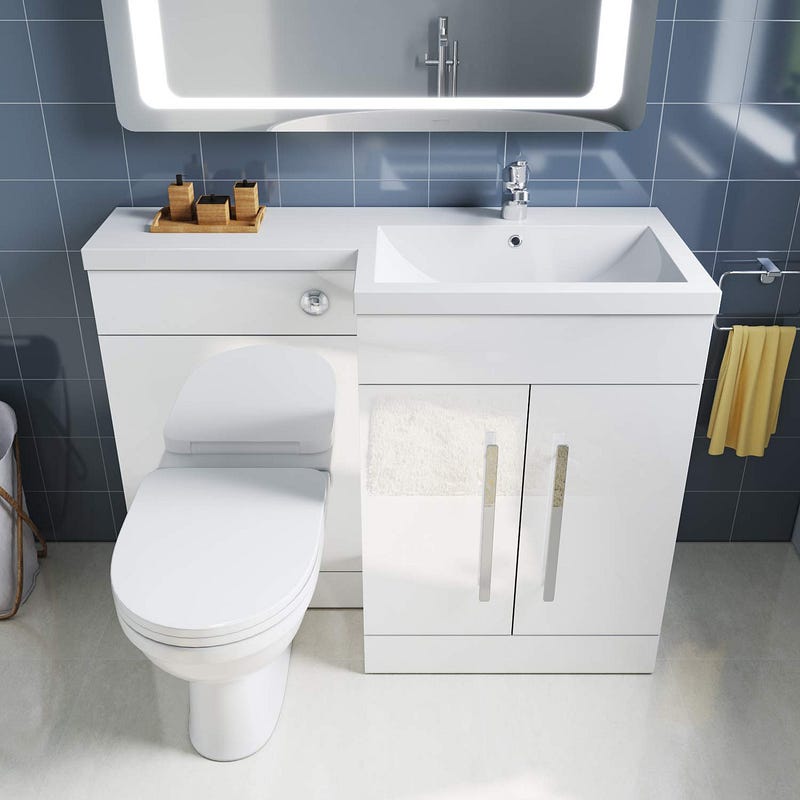A Complete Guide to Toilet Units: Functionality, Types, and Design Tips
Toilet units are an essential component of any bathroom, combining practicality with aesthetics to create a comfortable and functional space. Whether you’re renovating your bathroom or designing a new one, choosing the right toilet unit can enhance both the usability and visual appeal of the room. In this blog, we’ll explore the different types of toilet units, their benefits, and how to select the perfect one for your home.
What is a Toilet Unit?
A toilet unit refers to the complete assembly that includes the toilet bowl, cistern (or tank), flush mechanism, and sometimes a built-in cabinet or housing structure. Modern toilet units often integrate storage and plumbing concealment to create a sleek and organized bathroom layout.

Types of Toilet Units
There are several types of toilet units to suit various bathroom styles and space requirements:
Close-Coupled Toilet Units
These are the most common type, where the cistern is directly attached to the back of the toilet bowl. They are compact, easy to install, and come in many styles.
Back-to-Wall Toilet Units
In this design, the toilet is installed against a wall or a bathroom unit that conceals the cistern. This provides a cleaner, more minimalistic appearance and hides unsightly pipes.
Wall-Hung Toilet Units
These are mounted directly to the wall with the cistern hidden behind it. Wall-hung toilets create an illusion of space and are ideal for modern or compact bathrooms.
Traditional Toilet Units
Featuring a more classic style, these toilets often come with high-level cisterns or decorative touches, perfect for period-style homes.
Benefits of Modern Toilet Units
Space Optimization: Wall-hung and back-to-wall designs save valuable floor space, making them ideal for smaller bathrooms.
Ease of Cleaning: With fewer exposed parts and concealed pipework, modern toilet units are easier to maintain.
Aesthetic Appeal: Available in various finishes and styles, from sleek contemporary to timeless traditional, they elevate bathroom design.
Water Efficiency: Many toilet units feature dual flush mechanisms to conserve water, reducing your utility bills.
Design and Material Considerations
When choosing a toilet unit, think about the overall theme and layout of your bathroom. For example:
For small bathrooms: Go with wall-hung units or compact back-to-wall styles to maximize the feeling of space.
For modern designs: Opt for minimalist shapes, soft-close lids, and matte finishes.
For traditional bathrooms: Choose ceramic finishes with a decorative cistern and chrome accents.
The materials of the unit are also essential. Most toilets are made from vitreous china or ceramic for durability and hygiene. The cabinet units that may accompany some designs are often crafted from MDF or waterproof plywood with laminate finishes.
Installation and Maintenance
Proper installation is key to ensuring the toilet unit functions correctly. It’s advisable to hire a professional plumber for fitting, especially for wall-hung or concealed systems. Regular cleaning and occasional maintenance of the flush mechanism can extend the life of your toilet and keep it functioning smoothly.
Final Thoughts
A Toilet Unit Dubai is more than just a functional fixture — it’s a key element of your bathroom’s comfort and style. With a range of designs, configurations, and smart features available, selecting the right toilet unit can significantly improve both aesthetics and performance. Whether you prefer sleek modern units or traditional charm, there’s a perfect fit for every home.


Comments
Post a Comment